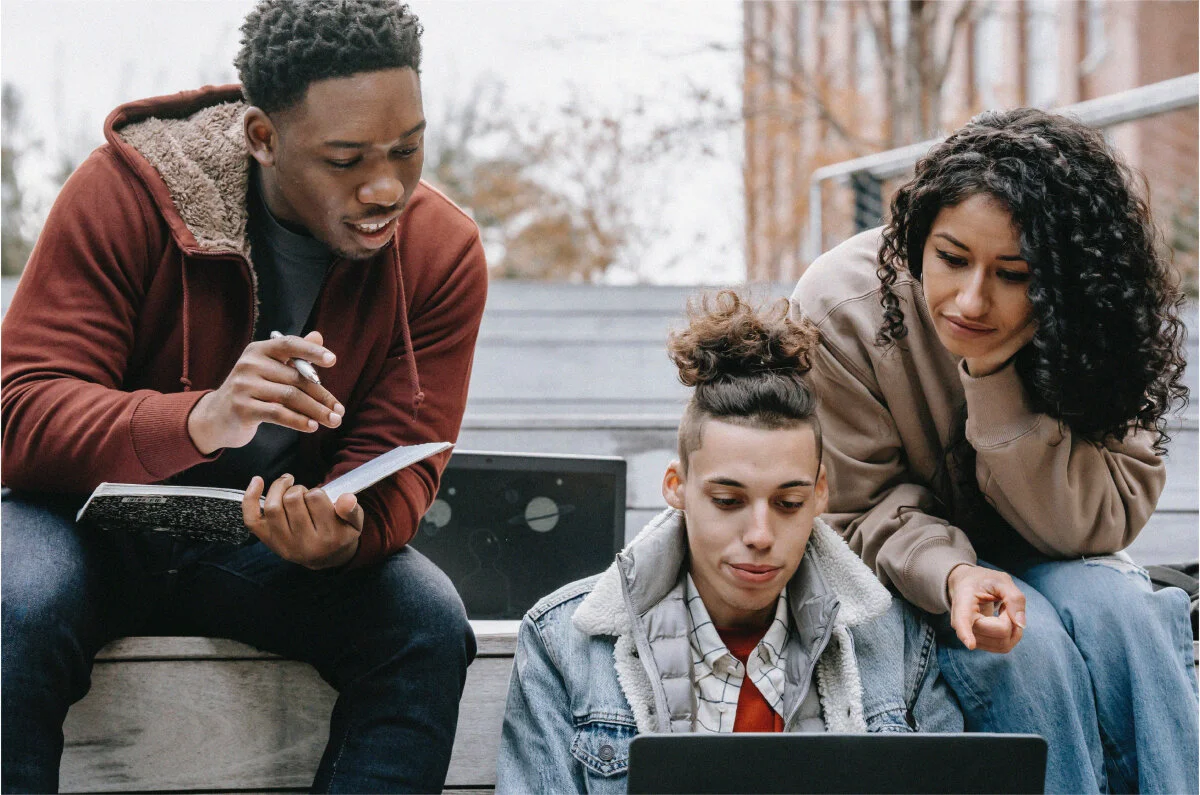The Urgent Need for Education Equity
Written by Matthew Sereda, Equity Learning Coordinator, Thames Valley District School Board
COVID-19 has presented considerable equity challenges for educators and education systems to grapple with. How should educators move their instruction online? How will education systems ensure students remain engaged in learning? How might the pandemic exacerbate gaps in learning that already existed? What will be the impacts on mental health and well-being? What will happen to students that rely on school for safety, community and connections to caring adults?
These questions were further intensified as a result of tragic events that coincided with the pandemic. The murder of George Floyd led to calls for education systems to address historic inequities and anti-Black racism experienced by Black students. The discovery of thousands of unmarked graves near the sites of former residential schools has again demonstrated the systemic racism of Canada’s colonial legacy. And the recent murder of an innocent family out for an evening walk because of their Muslim identity has highlighted again the need to address the Islamophobia that Muslim students routinely experience.
To say that a focus on equity and social justice education has never mattered more is an understatement. Not only do students deserve a more equitable education system, they are demanding it. The increased calls by students for equity, anti-racist and social justice approaches needs to be met by educators with an open mind and an open heart.
Providing equitable opportunities for students starts with an approach rooted in humility and a genuine desire to ensure that students’ various and interlocking identities are affirmed and represented in their learning. But what does this mean and what are the tangible steps that educators can take to ensure more equitable and inclusive learning opportunities for students?
Get to know your learners: This might seem like an obvious statement, but it is the foundation of education equity work. What pronouns do your students use? What languages do they speak at home and in community? What cultural practices are important to your students and impact how they see the world? Not only does building classroom instruction based on who students are help to make learning more relevant and meaningful, but it also allows students to see themselves (and their futures) in what they are learning.
Identify and remove systemic barriers: Education is not neutral and education systems were not designed on a foundation of equity. Considerable barriers continue to exist for BIPOC and 2SLGBTQIA+ students, for newcomer students, for ESL and ELL students, as well as students with mental health concerns and those experiencing poverty. Education equity requires educators to seek out and remove the barriers that prevent students from reaching their full potential.
Use anti-racist and culturally relevant and responsive approaches in instruction and assessment. Educators must create classroom environments that are culturally safe for students to be their authentic selves. This means establishing classroom norms and expectations that prioritize the well-being of students that have been historically disadvantaged and oppressed. Students deserve to see themselves represented in their learning in culturally safe ways. They also deserve to have their ways of knowing and identities affirmed in classroom lessons, discussions, and assessments.
Provide opportunities for student voice and agency. Pedagogy that is rooted in social justice and that provides students with voice and choice has the ability to connect real world issues with curriculum expectations. If the past year and a half has taught us anything, it is that students have inspiring ideas for a more just society. A goal of education systems should be to foster (and learn from) students’ remarkable abilities to bring about change.
Ibram X Kendi articulated it best when he wrote, “What if we realized the best way to ensure an effective educational system is not by standardizing our curricula and tests but by standardizing the opportunities available to all students?”.
Yes, education can be the great equalizer, but only when educators and education systems make an intentional effort to ensure that all students feel safe, valued, affirmed and celebrated for the totality of who they are, as well as for their unique identities, abilities and lived experiences.

